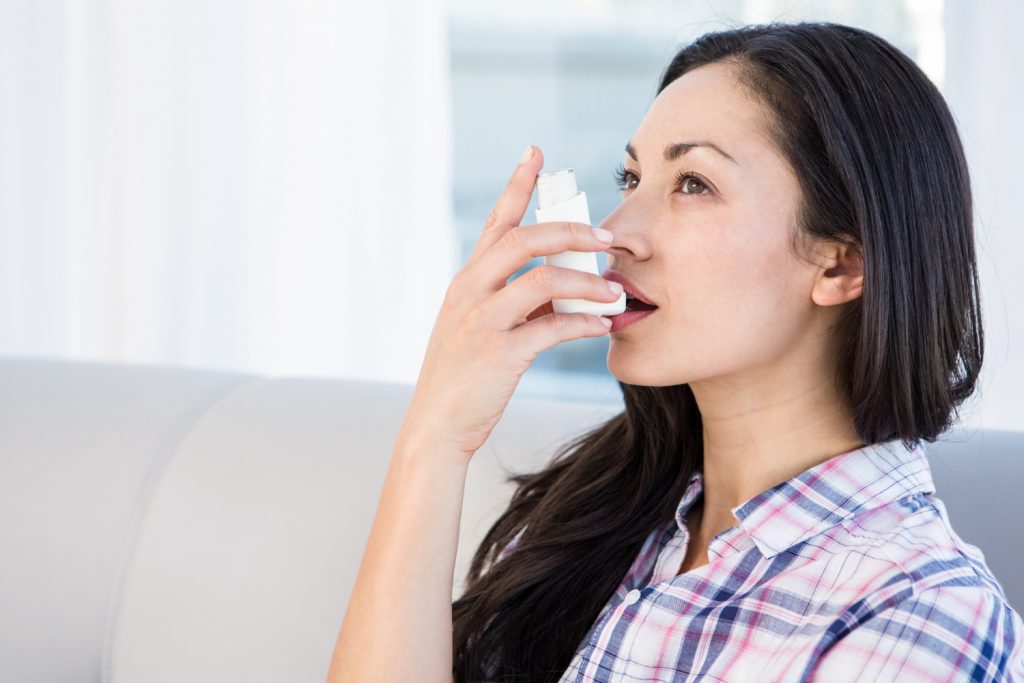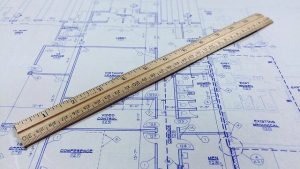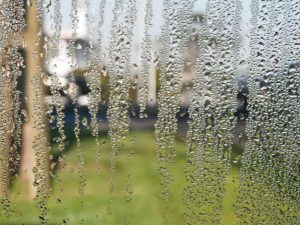BEAMA has long been advocating that poor indoor air quality, or indoor air pollution, is a growing public health concern. It is responsible for thousands of deaths per year, as well as substantial healthcare and wider economic costs.
The need for effective ventilation becomes increasingly important
As the Government builds towards its Net Zero target, homes are becoming more airtight. With energy efficiency measures, such as insulation, being retrofitted to the existing housing stock and new homes built to ever higher levels of energy efficiency, the need for effective ventilation becomes increasingly important. Numerous studies have shown the critical role that ventilation plays in removing indoor pollutants from the home and stopping these pollutants from accumulating – reducing exposure levels, improving cognitive performance and minimising the health symptoms suffered by occupants.
For the ventilation industry to be able to play its part in delivering good indoor air quality, two big issues must be tackled: energy efficiency and ventilation improvements must be joined up (‘Ventilate when you Insulate!’) and poor-quality installations of ventilation systems and poor compliance need to be rooted out.
Positive steps to improve the energy efficiency of our homes
As we begin to emerge from the heights of the COVID-19 pandemic, it felt like an appropriate time to issue an update to our Ventilation White Paper. If coronavirus has revealed one thing about the built environment, it is the importance of effective ventilation for our health and wellbeing. Yet while very positive steps have been made to improve the energy efficiency of our homes, whether they be newly built homes or retrofitted existing homes, the same still cannot be said for improvements in ventilation. Unfortunately, without adopting a ‘Ventilate when you Insulate’ approach, we are at serious risk of creating a major public health burden in the years to come by sealing pollutants and viruses in our homes.
Set out a new case for delivering better ventilation
As the industry body representing the UK’s leading ventilation providers, we are determined to do all we can to ensure that the ventilation market works properly and share our decades worth of experience in order to come up with solutions to the problems that face both the industry, and the country at large.
In this paper we set out a new case for delivering better ventilation, for better homes, for better health. We are pleased that the Government’s recently published Heat and Buildings Strategy emphasised the need for our future buildings to be not only low carbon, but healthier as well. This ambition needs to be realised.




